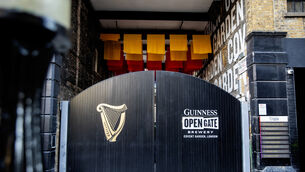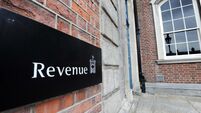Euro inflation breaks ECB tolerance threshold
Inflation within the euro currency area has climbed back above the European Central Bank’s 2% tolerance threshold, Eurostat said yesterday. The increase in the inflation rate from July’s 1.9% came as consumer prices rose 0.2% from the previous month and was in line with economists’ forecasts.
The data comes a day after ECB governing council member Vitor Constancio said euro zone inflation would not be much below 2% this year but would be clearly below that level in 2004.
















